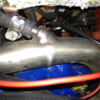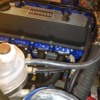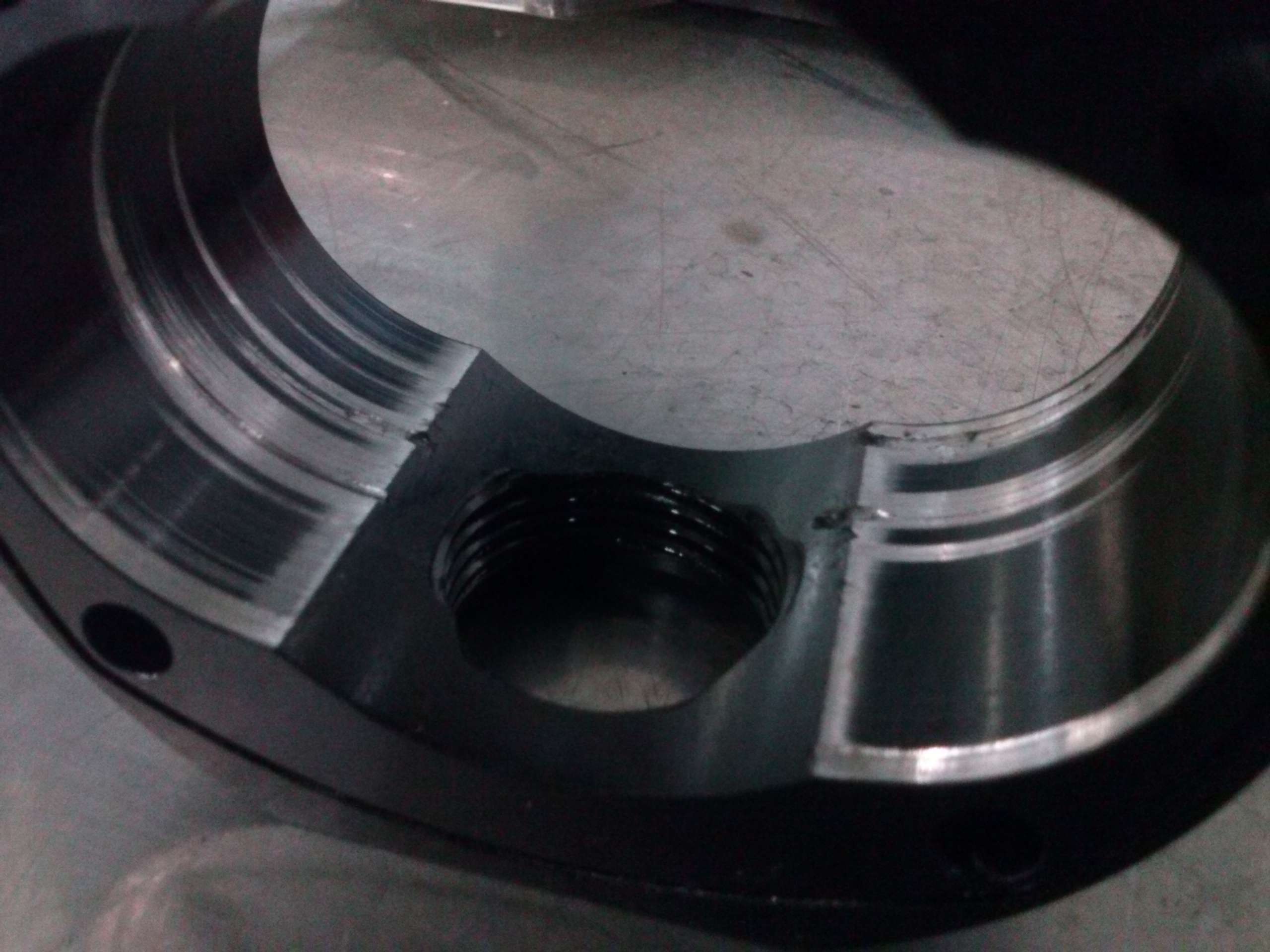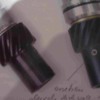I'm in Belgium and a client brought me a 351 Cleveland V8 (D2AE-CA)from his Pantera. There are only the engine parts, I don't have the rest of the vehicule. I've checked all the parts, some have to be replaced, like the oil pump due to debris from the pan. I'm gonna order the parts I need to rebuild it, but I have no plan to rebuild it.
Does any of you have a detailed plan of this engine and assembly instructions ? Or know where I can find it ? Because I want to be sure to have all the parts and I'm not used to work on this type of engine, and the plans I've found are designed for 351W not C.
Another thing, before bringing it to me, he noticed that the engine overheated sometimes. I've made a lot of researches and it seems to be common on these vehicules, for many differents reasons.
I've seen that some changed their oil pan for a 10qt oil pan, changed their radiators,...
Since I don't have the car, I can't describe it.
So could you tell me what is typically done to fix this problem ? What to I have to advise my client to do after giving him back his engine ?
Thanks a lot







